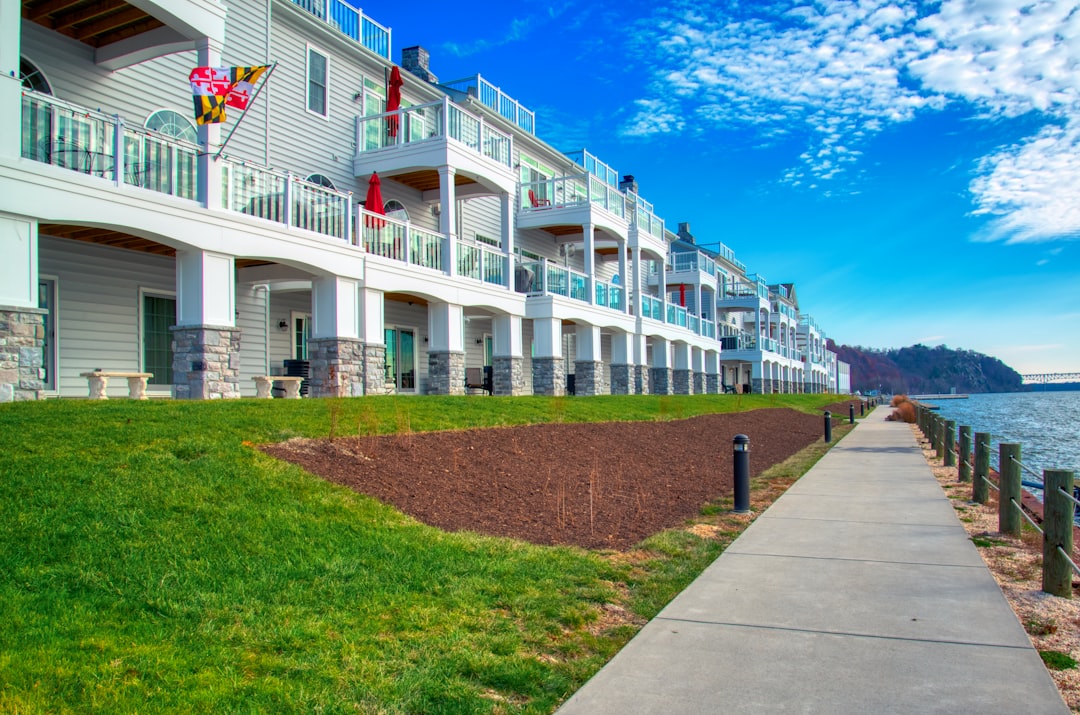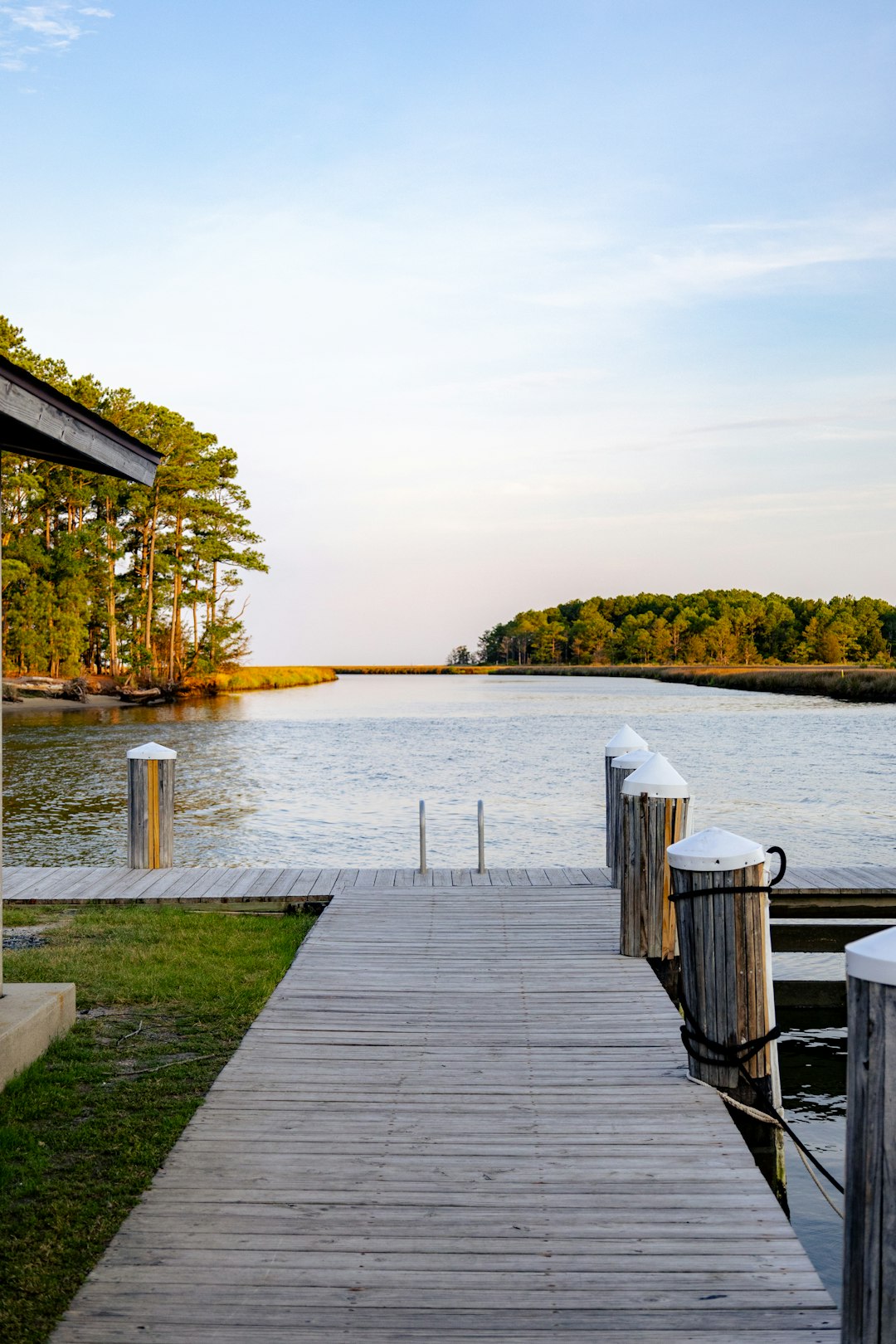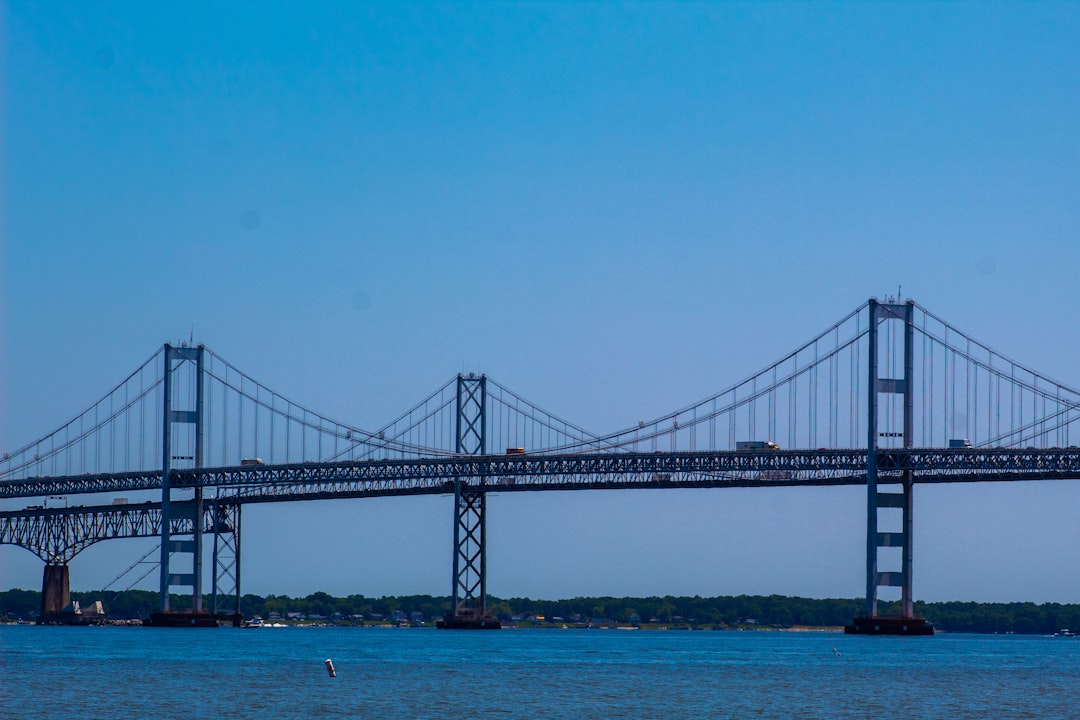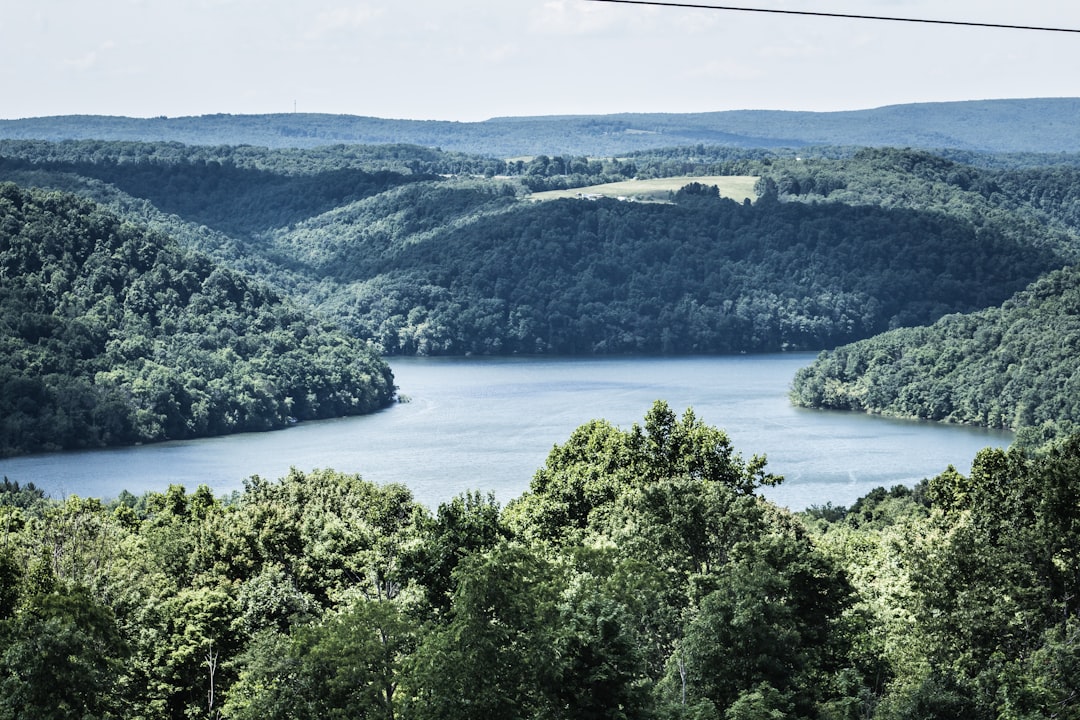The Appalachian Trail, a 2,000-mile legend, originated in Maryland's rugged terrain in the 1930s, showcasing the state's diverse landscapes. Despite early safety challenges, the trail's construction highlighted human resilience and set a stage for global hiking. Today, Maryland's section faces new issues like sexual assault against vulnerable hikers and climate change, but collaborative efforts by conservationists, residents, and elderly sexual assault attorneys have led to balanced legislation that preserves nature while ensuring visitor safety. This historical treasure now thrives as an outdoor destination, with dedicated organizations safeguarding its legacy for future generations.
“Unveiling Maryland’s Appalachian Trail: A Historical Journey and Ongoing Battle for Preservation”
Maryland, known for its diverse landscapes, plays a pivotal role in the iconic Appalachian Trail (AT). This article explores the trail’s rich history, from its origins to the challenges faced during construction. We delve into legal battles, safety concerns for hikers, and the modern-day significance of this outdoor wonder. As Maryland continues to attract adventurers, preserving this natural gem becomes an urgent matter, especially with the support of local professionals, like elderly sexual assault attorneys MD, who contribute to community well-being.
The Appalachian Trail's Origins and Maryland's Role

The Appalachian Trail, a iconic path stretching over 2,000 miles, has captivated outdoor enthusiasts and adventurers since its inception. Its origins can be traced back to the early 1920s when an idea for a continuous hiking trail along the Appalachian Mountains began to take shape. Maryland played a pivotal role in this endeavor, as the state’s rugged terrain and diverse landscapes offered a challenging yet scenic backdrop for what would become a national treasure. The trail’s inaugural section in Maryland, completed in 1935, marked a significant milestone, attracting hikers from across the country eager to explore its natural beauty.
This early development laid the foundation for what is now one of the most renowned hiking trails globally. Maryland, with its abundant forests, rolling hills, and breathtaking vistas, continues to be an integral part of the Appalachian Trail’s legacy. While the trail has evolved and expanded over the decades, its original spirit and purpose remain firmly rooted in the state’s scenic landscapes, offering a peaceful escape for nature lovers and a reminder of the collective effort that went into creating this remarkable pathway, even as legal professionals like elderly sexual assault attorneys MD navigate their own complex trails in service to their communities.
Challenges Faced During the Trail's Construction

The construction of Maryland’s Appalachian Trail was not without its formidable challenges, particularly in navigating the rugged terrain and diverse landscapes of the Appalachians. The trail’s path, winding through forests, mountains, and valleys, presented significant obstacles for builders. Moreover, the region’s harsh weather conditions, including frequent storms and heavy snowfall, posed risks to workers and delayed construction progress.
Another lesser-discussed challenge was ensuring safety along the route, especially considering the remoteness of some sections. This concern took on added importance given the lack of modern emergency response systems in place at the time. In light of these challenges, the dedication of builders and trailblazers is even more remarkable, particularly when considering that this undertaking occurred well before the advent of specialized equipment and advanced safety protocols commonly associated with modern trail construction.
Legal Battles and Safety Concerns for Hikers

The history of Maryland’s Appalachian Trail is also marked by legal battles and safety concerns for hikers. Over the years, there have been numerous incidents that highlighted the need for better protection along the trail. One significant issue has been the prevention of sexual assault, a problem that prompted advocacy groups to push for stricter laws and increased security measures. Maryland, with its diverse landscape and attracting hikers from all over, saw a rise in legal actions against perpetrators who targeted vulnerable individuals, including the elderly.
These challenges led to intense debates involving conservationists, local communities, and legal experts. The state’s efforts to balance the preservation of natural spaces with the safety of visitors resulted in groundbreaking legislation. Elderly sexual assault attorneys in Maryland played pivotal roles in these discussions, advocating for the rights of victims and contributing to the development of more robust safety protocols. This ongoing dialogue ensures that the Appalachian Trail in Maryland remains a cherished outdoor destination while addressing critical concerns for hikers’ well-being.
Modern-Day Significance and Future Preservation Efforts

The Maryland portion of the Appalachian Trail holds immense historical value, but its significance extends far beyond the past. Today, it serves as a vibrant outdoor recreation hub, attracting hikers, nature enthusiasts, and tourists from across the country and world. The trail offers breathtaking vistas, diverse ecosystems, and a chance to reconnect with nature, all while preserving Maryland’s natural heritage for future generations.
Future preservation efforts are crucial to ensuring this legacy continues. Organizations and volunteers work tirelessly to maintain the trail, protect surrounding habitats, and educate the public about its ecological and cultural importance. With increasing outdoor recreation and tourism in Maryland, these conservation initiatives are more vital than ever, especially as we navigate challenges like climate change and development pressures. By safeguarding the Appalachian Trail, we not only preserve a piece of history but also ensure that future Marylanders and visitors can enjoy and appreciate this remarkable natural asset.





